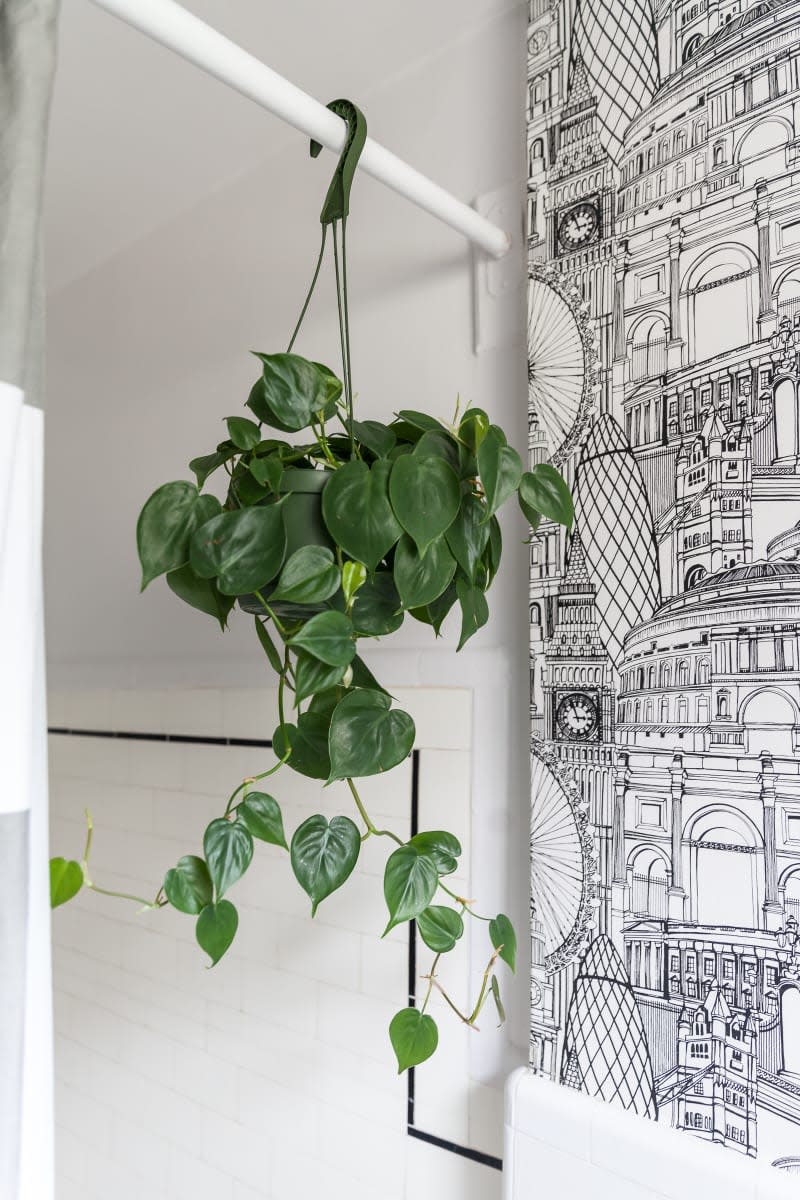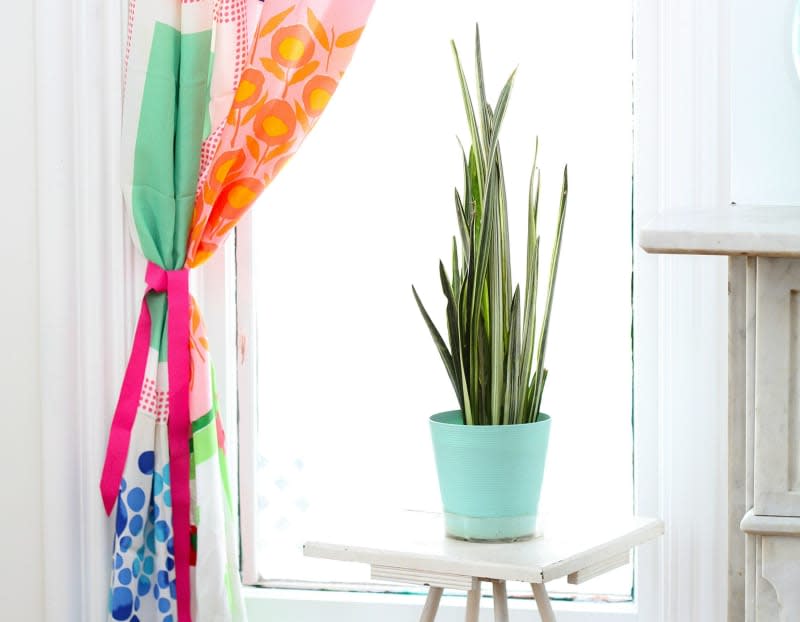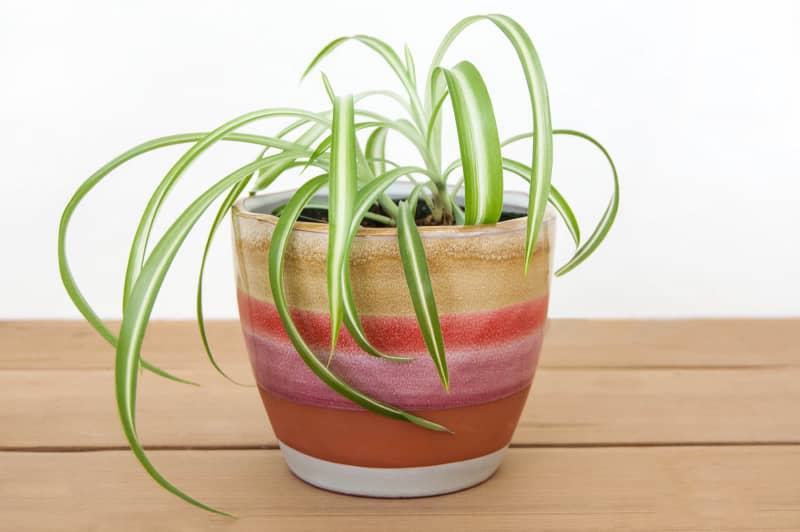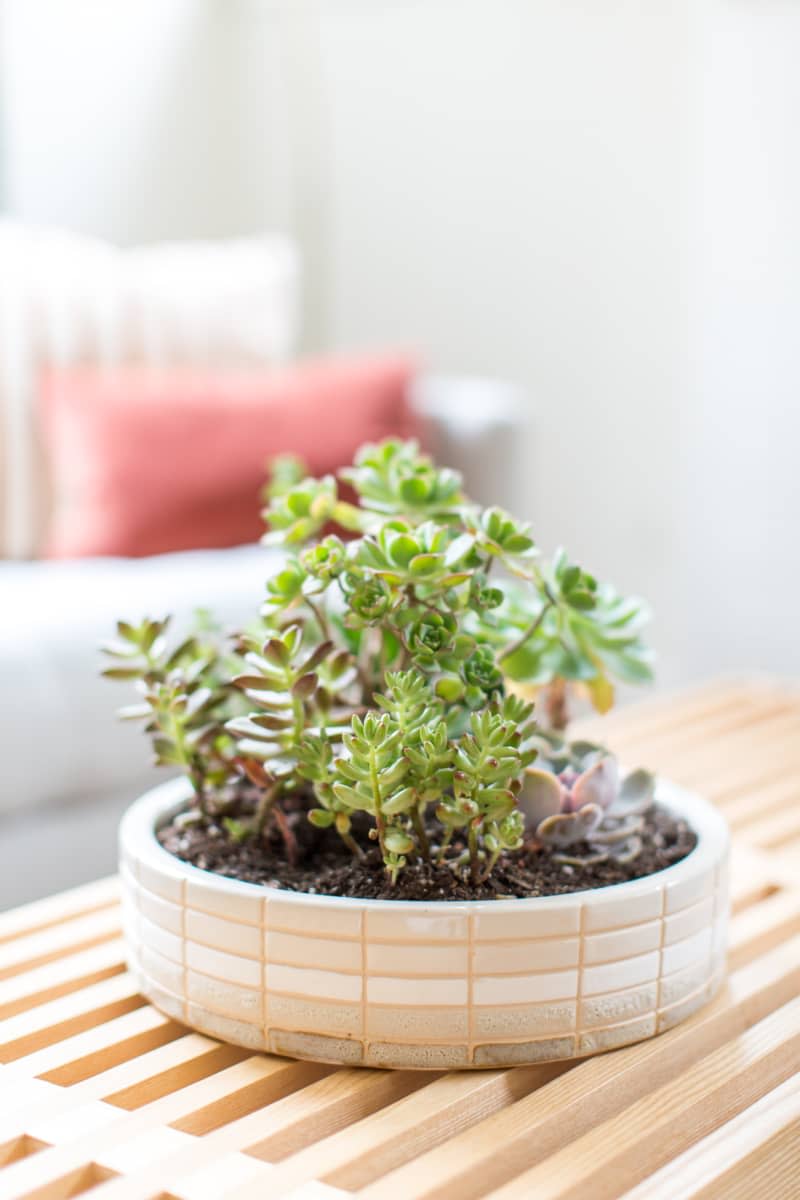The Easiest Houseplants to Propagate, According to Pros

Caring for your plants, watching them thrive (or not die, as the case may be), and appreciating the personality and style they bring to your spaces is joy enough when it comes to indoor gardening. But if you’re ready to level up your plant parenting, it’s time to try propagating your plants.
Houseplant propagation might sound intimidating, but it’s actually a pretty simple process for many popular houseplants. With a little care, you can easily turn a single beloved houseplant into a collection of beloved houseplants that are ready to display or give away — all without spending a single dollar. Want to learn how to identify plants for propagation and how to do this project? Here’s what to know to get started, with advice from plant pros.
How to Propagate Houseplants
Thankfully, many of the most popular houseplants are also easy to propagate. There are three ways to propagate houseplants:
Cuttings: A snipped-off leaf and small stem that features a node — or the start of a root — that’s used to start a new plant
Root division: Part of the root system that’s dug up, cut off, and re-planted to start a new plant
Pups: Small offshoots from the main plant that can be removed and re-planted separately
Here are some tips about how to go about it, as well as some ideas about what you can do with your plants’ offspring.

Tips for Propagating Houseplants
Regardless of what kind of propagation method you use, there are a few things you should know before you begin.
Consider the timing.
While you can try propagating your plants any time of the year, remember that plants grow faster in warmer seasons (even when they’re indoors). “Propagation success varies with seasons,” says Gene Caballero, co-founder of landscaping company GreenPal. “Spring and early summer offer the best conditions for many plants, as the warmth and moisture aid in growth.”
Always use clean, sharp tools.
Before you cut pups, stems, or leaves off of your plants, make sure that your tools are sharp and sterile so that you don’t spread any diseases.
Provide warmth.
“Try and provide warm temperatures,” Tom Knight, owner of Our House Plants, recommends. “Most plants will form roots far quicker and easier in warmer locations. A partly sunny windowsill would be ideal.”
Plants That Are Easy to Propagate with Cuttings
Propagating plants from leaf cuttings is as easy as snipping off a stem with a few leaves and rooting it. Cut with clean shears just below a node, which is the nubby start of a root you’ll spot along the stems of houseplants.
You may root by placing the cutting in water until roots form and then transplanting into soil (or leaving in water, in some cases) or by planting directly in soil. Rooting powder may be used to encourage root growth when planting a cutting in soil.
Horticultural Writer and Expert Gardener at Easy Urban Gardens, Annette Hird, offers the following insider tip: “My favorite tip for stem cuttings is to wound the base to encourage a callus to form,” she says, explaining that this technique “usually ensures rooting.”
Here’s Hird’s preferred method: “To wound the base of the stem, just slice a small sliver from the side of the bottom inch of the stem. Don’t cut too deep,” she cautions. “You just want to expose the heartwood a little. Think of it like peeling a small section of the stem.”
The following plants are easy to propagate from leaf or stem cuttings with the above method. You can click through to each link below for more details on how it’s done.

Plants That Are Easy to Propagate With Root Division
Multi-stemmed houseplants can be divided to create one or more additional potted plants. “Certain plants have root systems that ‘run’ or sprawl,” says Ren Elizabeth of Eco-friendly Homestead. “These plants are resilient and their root systems are not damaged by having some of the plant removed from the main cluster.”
Take the plant from its pot and tug gently at one stem to separate the roots. If the plant won’t separate, cut through the roots with a knife. Re-pot and keep out of bright light and evenly moist until the “new” plants are established.
Elizabeth describes her own process for propagating through root division: “I’ve had luck propagating … from divisions without digging up the whole plant. Instead, I look for a spot on the outer edge of the plant cluster to pull up and transplant elsewhere. I’m able to do this without any tools, but if your soil is compacted you may benefit from a hand shovel.”
Plants that respond well to propagation with root division include:

Plants That Are Easy to Propagate with Pups
Plants that produce “pups” or small offshoots of themselves do most of the work of propagation for you. For the best chance of success, let the pups grow to about three inches in size before cutting them off with sharp, clean shears. Plant them directly in their own pots.
Here are some plants that produce pups:

How to Propagate Succulents
Succulents are perhaps the most well-known and popular type of plant to propagate and for good reason: They are extremely easy to reproduce from all three methods mentioned above, depending either on the type of succulent or your preferred method. Check out our guide to succulent care for tips on how to propagate them.
What To Do With All Your Plant Babies
By propagating your plants, you can instantly multiply the number of plants you have in your home without buying new ones. But if you get to the point of having too many plants (is there such a thing?), giving them away in pretty pottery or in simple pots wrapped in ribbon is a thoughtful, appreciated, and inexpensive gift.
And don’t worry about size. Tiny terracotta pots with cheery sprigs of rosemary or succulent babies might be even more thrilling than typical-sized plants.

